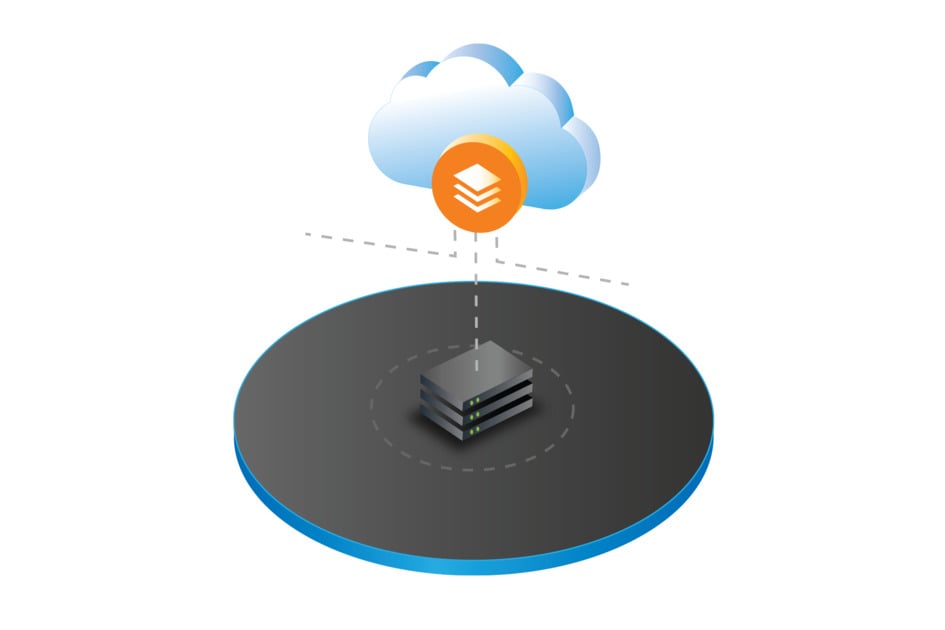 Everyone has their own interpretation of a ‘modern distraction.’ If you search the internet, you’ll find images featuring the logos of YouTube, Facebook and Twitter with the title, ‘weapons of mass distraction’.
Everyone has their own interpretation of a ‘modern distraction.’ If you search the internet, you’ll find images featuring the logos of YouTube, Facebook and Twitter with the title, ‘weapons of mass distraction’.
We are fighting modern distraction every day. For instance, we become glued to videos and games during uneventful social gatherings, shop online even when we’re surrounded by dozens of retailers in a shopping centre (Read: The Shopping Habits of Millennial Women), and obsessively text on WhatsApp or WeChat, ignoring our physical surroundings.
CLICK TO TWEET: Did you know CommScope expanded its Goa facility to deliver more innovative fibre and wireless solutions? Learn more by reading Gavin Milton-White's blog.
For some cities, this is a violation of traffic rules – Honolulu is one of the first metropolises in the world to ban pedestrians from looking at their mobile devices while crossing the road. Sydney and Melbourne have installed in-ground lights at busy intersections to prevent mindless ‘smartphone zombies’ from walking into oncoming traffic. In order to create awareness of what could happen in the future, NTT DoCoMo created a computer simulation featuring 1,500 people walking and texting in Tokyo’s Shibuya’s crossroads. The hypothetical result was unsettling - 446 collisions, 103 knockdowns and 21 dropped phones.
Internet connectivity is simply integrated into our social activities or daily habits knowingly and subconsciously. Some might consider ‘Doomsday’ the moment Internet connectivity is lost, especially Gen Z, who check their phones every 3 minutes and consume 2-3 times as much data compared to millennials.
Fibre is the future
As connectivity becomes an even greater part of daily life, bandwidth demands will only continue to increase. As networks add more bandwidth, the number of optical fibre connections is growing substantially.
Behind every wireless network, there is a wireline infrastructure connected by cables, in need of more optical fibre, especially with the imminent arrival of the highly anticipated 5G network. 5G will require networks to evolve to higher bandwidths with lower latency for new technologies such as AI applications and deep machine learning. Fibre therefore, would be an ideal solution to help network operators and the enterprise optimize their network and be future ready for the next generation network
Fibre innovation from India manufacturing
Today manufacturing contributes more than 7.1 trillion USD to the global economy. To stay competitive, India is introducing new reform measures and has announced increased investments to support its aspiration to become a global manufacturing powerhouse through the “Made in India” initiative.
CommScope has more than 30 facilities in its global manufacturing and distribution network and CommScope’s Goa, India facility is a key location for us to support customers around the world. As the region looks to fibre for building the future’s infrastructure, we expanded our Goa facility to deliver more innovative fibre and wireless solutions.
CommScope is contributing to India becoming a best in class global design and manufacturing powerhouse with the expansion of our R&D footprint in Goa. Beside the fibre portfolio, our engineers are supporting India’s and the world’s network operators and enterprises with base station antennas, microwave antennas and twisted pair copper cables solutions.
Innovation is at the heart of everything CommScope does. As we celebrate 20 years of manufacturing innovation in India, I am proud to join our team of innovative colleagues in Goa to celebrate this milestone.





